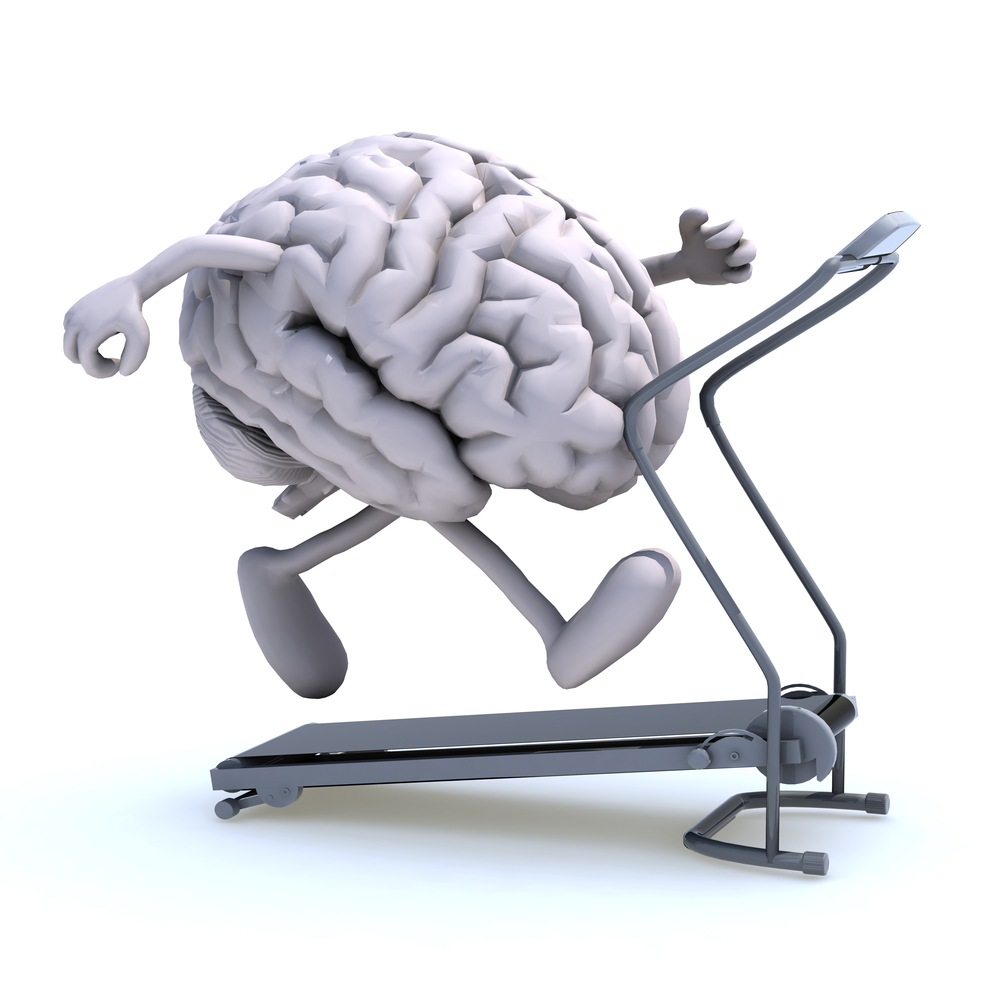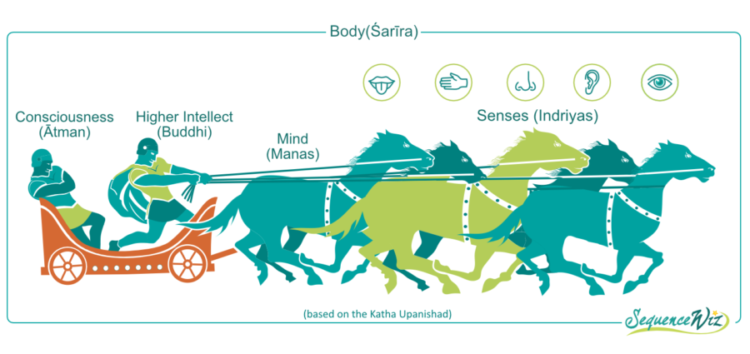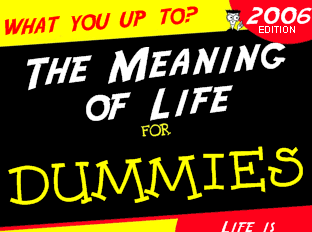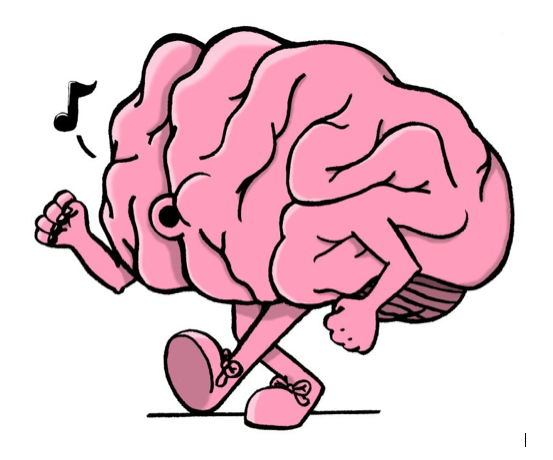This is the sixth in a series of posts intended to shed light on Patanjali’s Yoga Sutras, the authoritative text on classical Indian yoga, or meditation.
Sankhya and Yoga are two of the six schools of classical Hindu philosophy. Sankhya points out that Consciousness is unlike anything else known to man; it’s literally intangible; it’s not subject to the laws of nature; it’s not constrained by time and space; and it can’t be explained [that was true 3,000 years ago and is still true today]. If Sankhya is the postulate that Consciousness is essentially Divine, Yoga is the proof. Yoga is a path to discovering the fundamentally Divine nature of our own essence.
So far in his blueprint for lasting peace, Patanjali tells us:
- realizing the nature of our own awareness or Consciousness (i.e., enlightenment) typically involves an inward journey beyond our thoughts;
- that we’ll encounter five types of thought along the way;
- that the primary path to enlightenment (meditation) is often long and fraught with distraction, thus the key to success is never giving up while always letting go;
- how to recognize whether we’re making progress; specifically, that we’ll encounter five distinct states of meditation;
- that attaining enlightenment typically requires steadfast and prolonged conviction, determination and effort.
Now he tells us that there’s a shortcut: devotion.
Chapter 1, aphorisms 23-29:
1.23 “ishvara pranidhana va”; loosely, “alternatively, enlightenment can be attained through devout service to God”
From Swamij.com, “[T]he word Īśvara is used to denote a state of collective consciousness. Thus, God is not a being that sits on a high pedestal beyond the sun, moon, and stars; [herein] God is actually the state of Ultimate Reality. But due to the lack of direct experience, God has been personified and given various names and forms by religions throughout the ages.”
1.24 “klesha karma vipaka ashayaih aparamristah purusha-vishesha ishvara”; loosely, “God or Consciousness is unaffected by karma and thus suffering”
1.25 “tatra niratishayam sarvajna bijam”; loosely, “God is all-knowing”
1.26 “purvesham api guruh kalena anavachchhedat”; loosely, “God is unaffected by time and space”
1.27 “tasya vachakah pranavah”; loosely, “the sound “AUM” [or “Amen”] may be used to represent God”
1.28 “tat japah tat artha bhavanam”; loosely, “it helps to reflect upon the meaning of AUM [or “Amen”] while repeating it”
1.29 “tatah pratyak chetana adhigamah api antaraya abhavash cha”; loosely, “devotion to God removes the obstacles to enlightenment”
The end goal of classical Indian yoga or meditation is to realize the literally intangible, essentially divine nature of our own and collective Consciousness. Here Patanjali says it may be easier and quicker – and you’ll get to the same place physically, emotionally, mentally and spiritually – if instead you cut straight to the chase and devote your life to “God” (i.e., in service to others in the name of the Divine). In reality, I suspect anyone who realizes the existence of God (either via meditation or devotion) likely spends the rest of their life in service!
For info about private lessons or workshops in self-discovery and peace of mind see the ‘Contact Us’ page of this site.
God bless, Skip
#patanjali #consciousness #meditation













